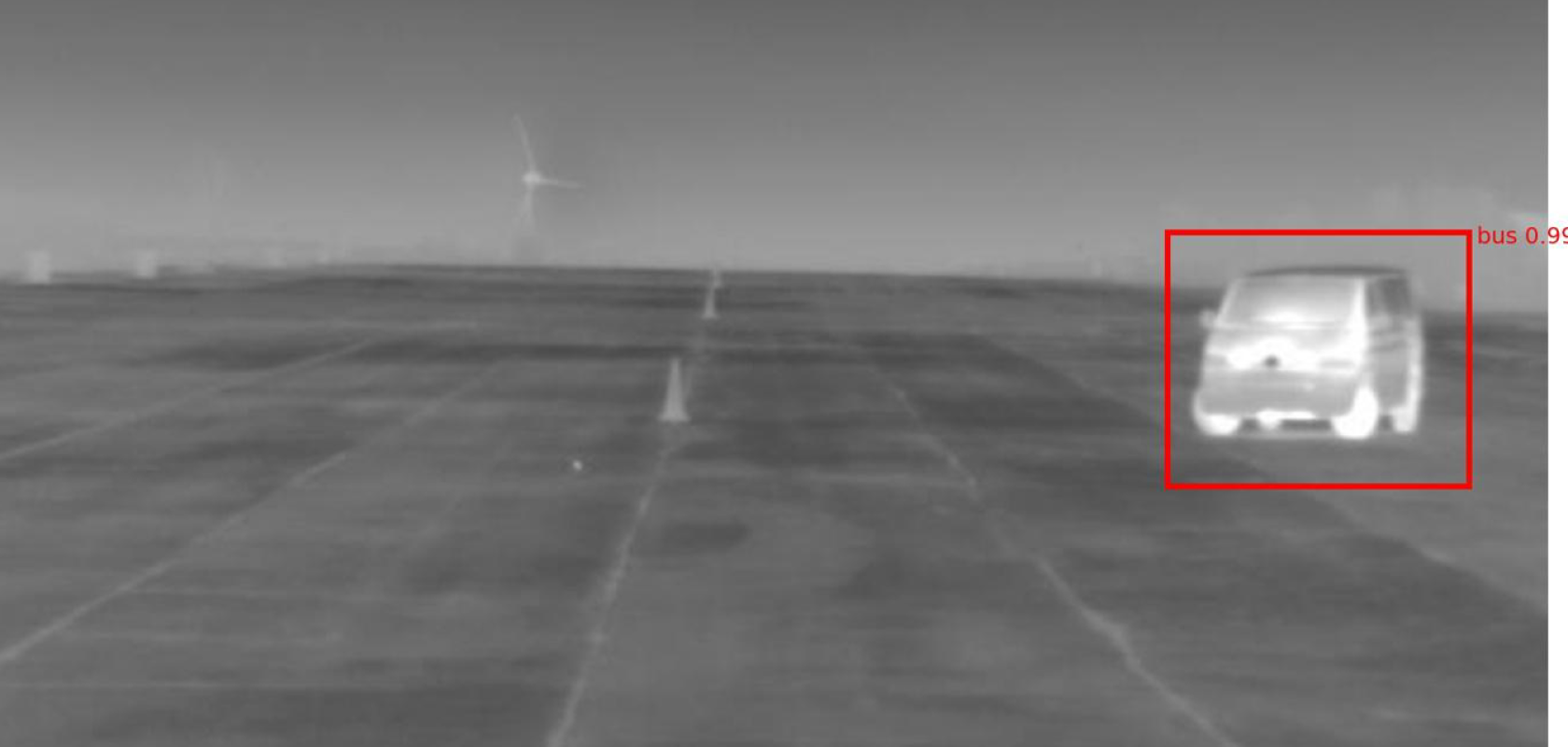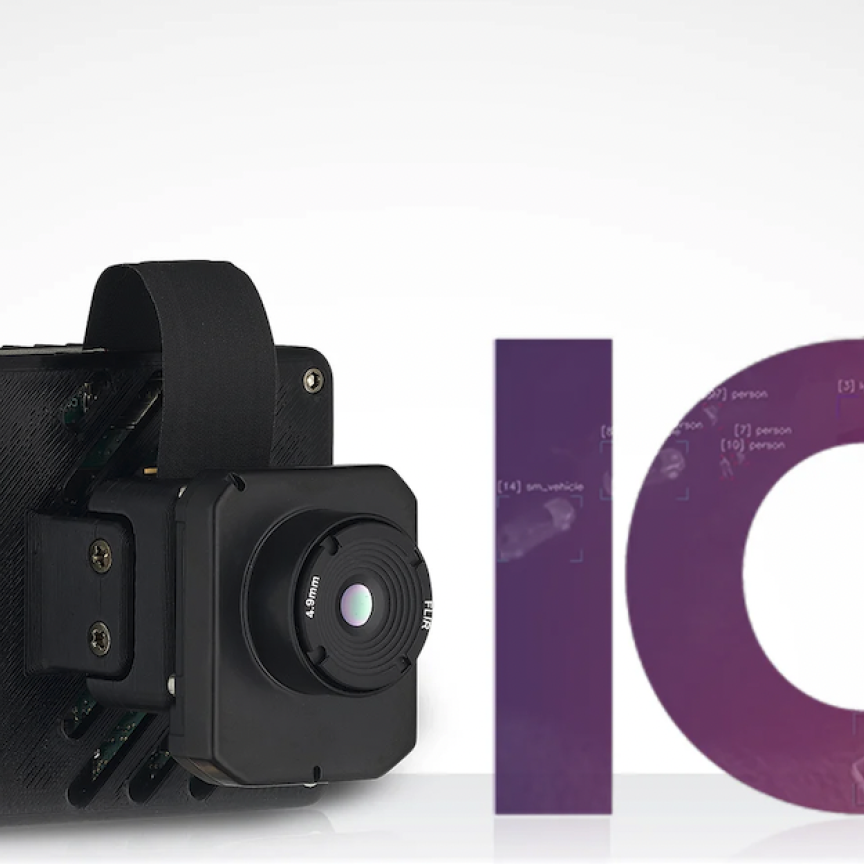A new approach to thermal imaging incorporating machine learning has been developed that improves the classification of objects at distances up to 1,500 metres.
The technology is the result of a collaborative project involving CENSIS, the Scottish innovation centre for sensor and imaging systems; Thales in Glasgow; and University of the West of Scotland (UWS).
Still in its development stages, the system can already detect and classify humans and six different types of vehicles.
Dr Pablo Casaseca, senior lecturer in signal and image processing at UWS, said: ‘The system we’ve created is a unique piece of technology – it significantly enhances detection and classification capabilities on thermal imaging cameras at a long range. The potential applications for the technology could be widespread, and if we present the system with enough high quality data, it could detect a whole host of objects with a very small number of pixels. The more training data presented to the machine over time, the better the system responds – even to objects or compositions it hasn’t encountered before.’
The system is trained to identify a range of different visual signatures, classifying them based on common characteristics. The training process involves presenting the machine with hundreds of images of a subject to analyse at a variety of angles, distances, and with different obstructions. Over time, this allows it to build up an understanding of how particular people, vehicles, or items should appear.
The technology could have applications in a variety of industries, with the security, surveillance, engineering and construction sectors among those that could benefit most.
‘In security and surveillance fields, for example, the system could help staff monitor video feeds or footage,’ Casaseca continued. ‘Observing security cameras over long periods of time can lower concentration levels. Our system could assist by pointing out objects of interest in the distance and suggest what they might be before they approach. In construction or infrastructure, if a camera embedded with the technology was placed on a UAV or drone, it could identify small cracks on larger structures, such as a bridge, by detecting the defect and focusing on it.’
CENSIS brokered the relationship between UWS and Thales. The innovation centre, which recently announced its 50th project, aims to bring together Scotland’s academic institutions and industrial base.
Dr Matt Kitchin, algorithms engineer at Thales in Glasgow, said: ‘By pairing UWS’ object detection technology and machine learning techniques with our imaging expertise, we have developed a new capability in object detection and identification, which we would hope to be able to deploy on products in the future.
‘The outcome of phase one has been encouraging – the classification results have yielded very high success rates over a wide range of imagery,’ he continued. ‘Due to the findings, and the potential opportunities the project has unveiled for both Thales and UWS, we’ve launched a second research and development phase. We’ve also appointed two algorithm engineers in Glasgow to work on the implementation of these machine learning algorithms, and to help us fine-tune and better understand how we can apply the technology for use in a range of industries.’


